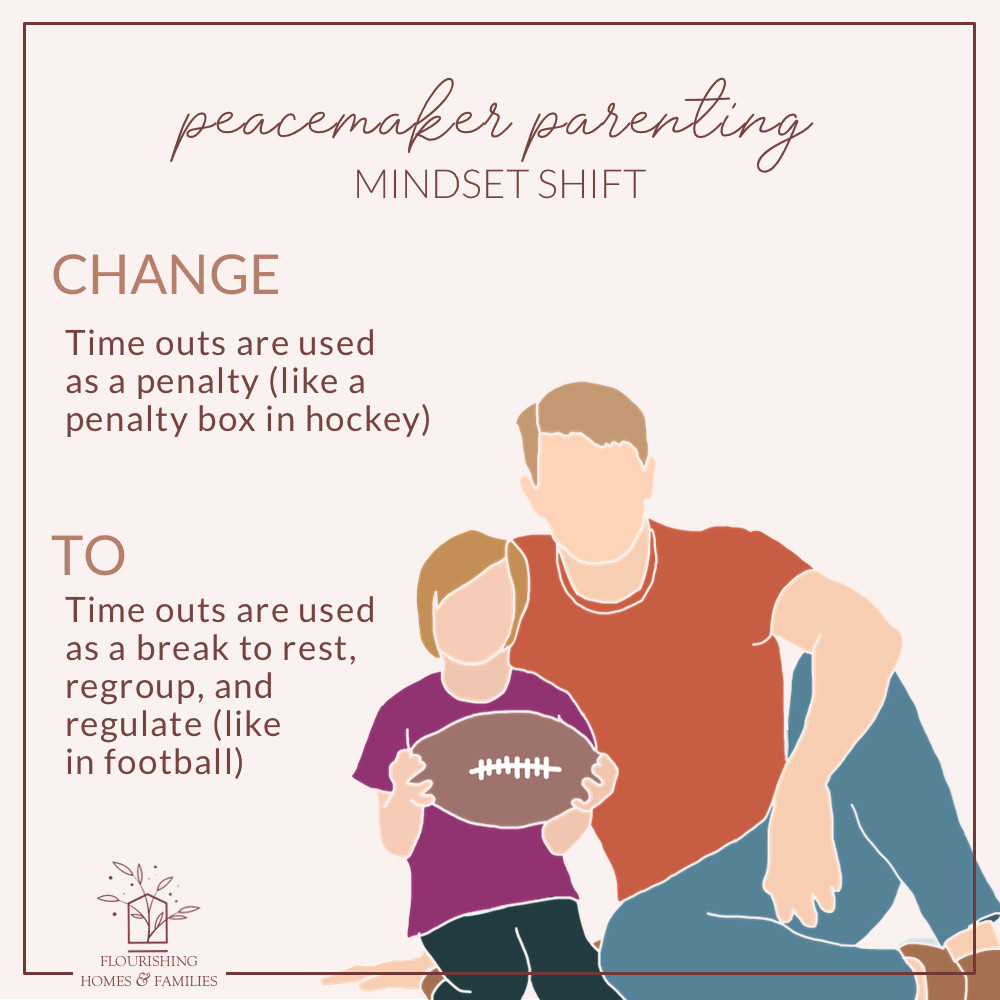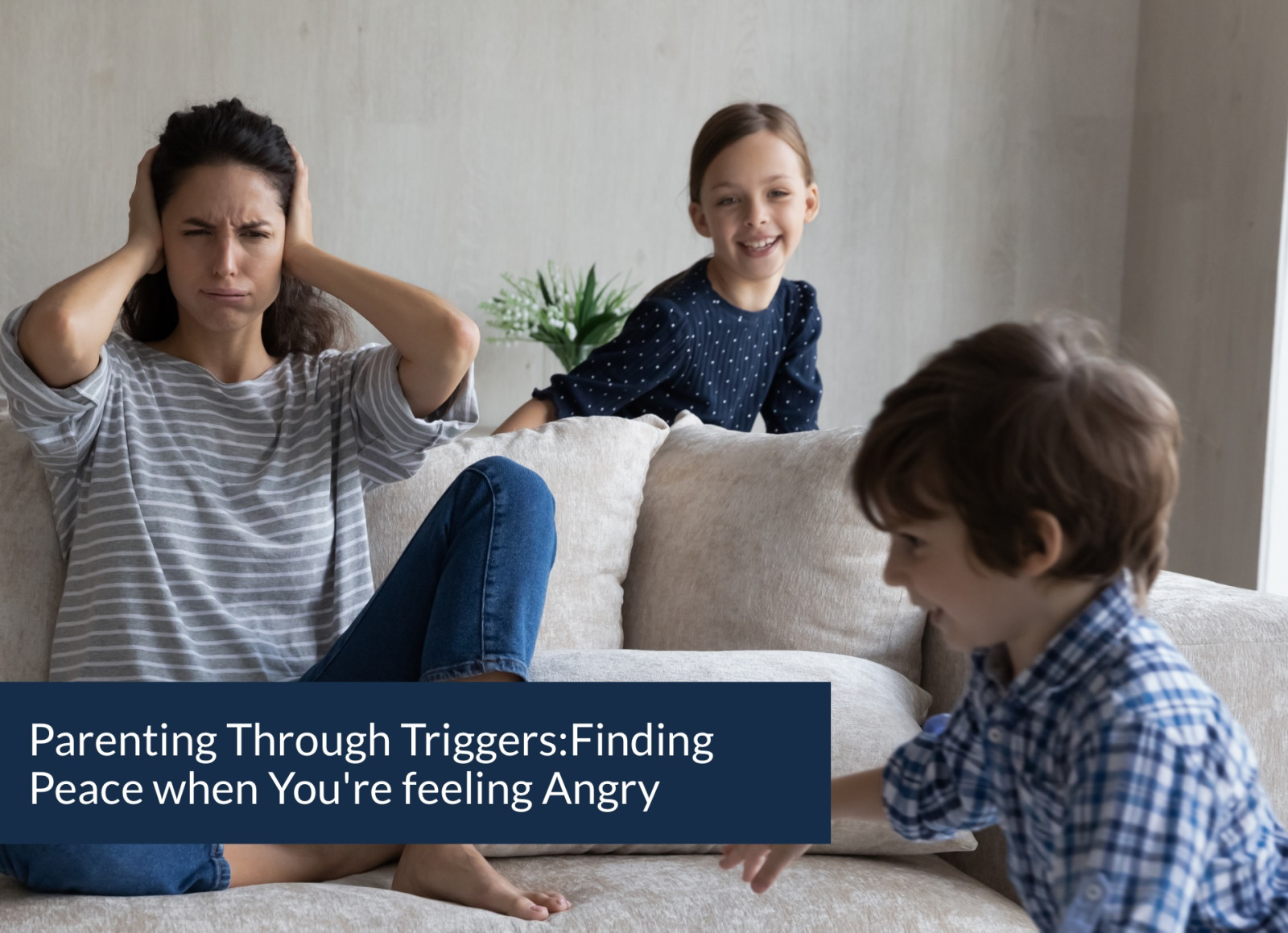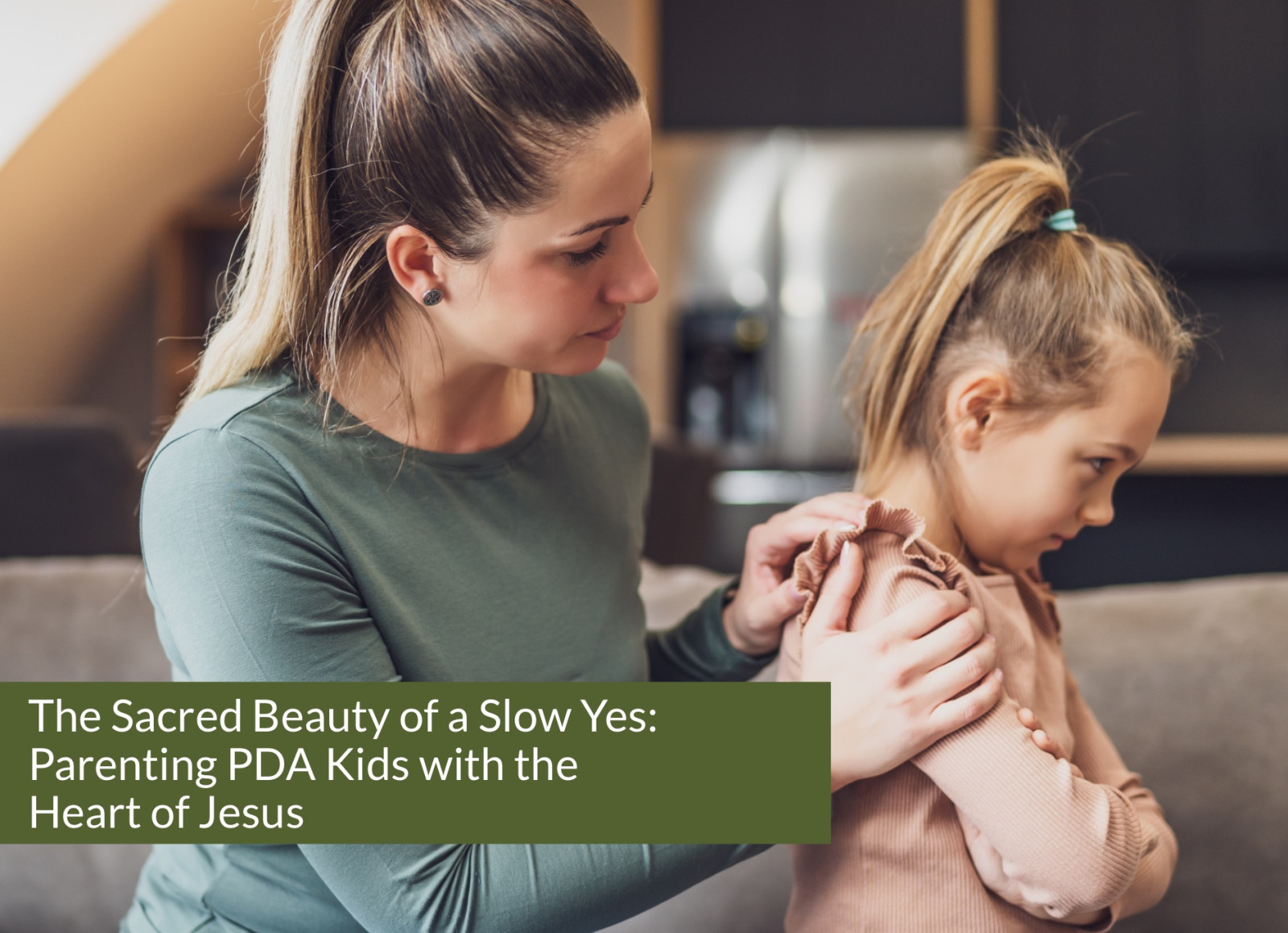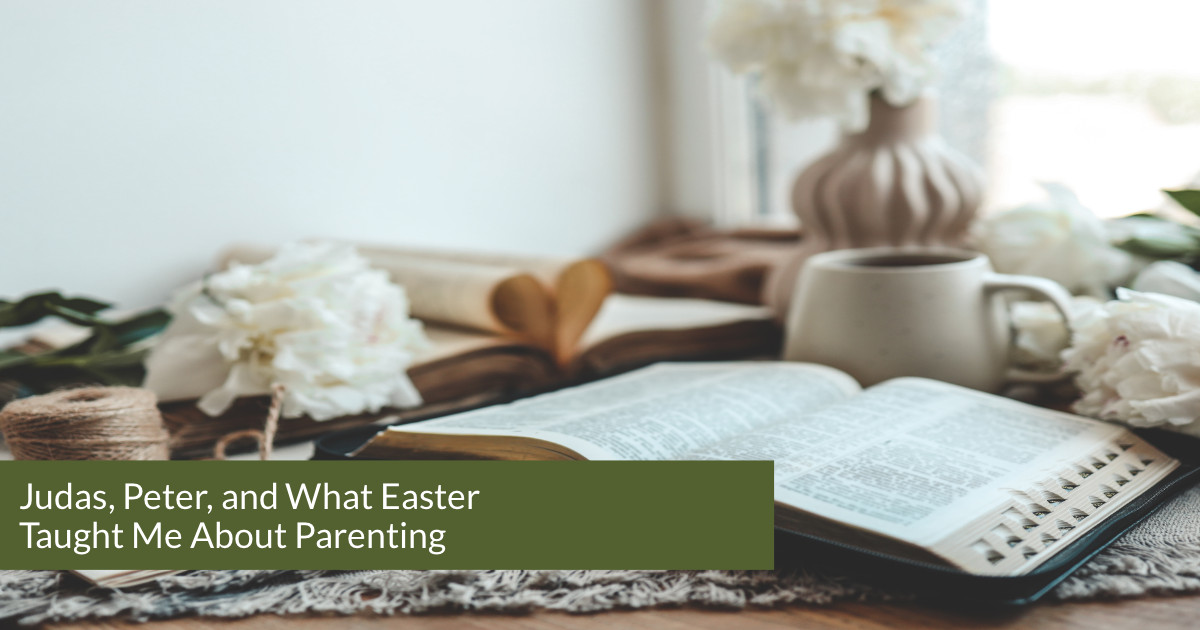
WHAT IS A TIME-IN?
A time-in is an alternative approach to misbehavior, meltdowns, tantrums, and impulsive outbursts that involves guiding your child to a safe space where you can use co-regulation strategies and emotion coaching to help them calm their bodies and process their emotions. This helps children develop emotional intelligence and gives them tools to deal with strong emotions in a healthy and safe way. It also allows them to remain supported while feeling the full range of emotions.
USE A GRACE SPACE (OR CALM DOWN SPACE)
While a time-in can happen anywhere, at any time (because its foundation is a connected and supporting parent-child relationship), creating a Grace Space (or calm down space) at home that is designated for time-ins will help establish rhythm and familiarity for a young child who is learning to regulate emotions. Check out this article on how to create a Grace Space.
REFRAME TIME-OUT
Many peaceful and respectful parenting voices use the term Time-In instead of time out, but we want to give you a helpful analogy that you can use without having to change up your language.
In traditional parenting, time-outs are more like a penalty box in hockey - a penalty or punishment, that leaves a child alone to "think about it". Because parenting as a peacemaker means that we do not withhold our affection, connection, or protection, a time out is more like a time out in football - when the team takes a break to regroup, rest, regulate, and problem-solve. This will look different from family to family (and sometimes even within families moment by moment!). The key is that the parent or caregiver is regulated and able to meet the emotional, physical, and sensory needs of the child so they can learn to regulate as well.

WHY THIS MINDSET MATTERS:
ISOLATION VS. CO-REGULATION
Sending a child to their room or a timeout isolates them for being dysregulated, which is largely outside their control. Their central nervous system learns how to calm down by being in the presence of a calm adult nervous system, a process called coregulation. They may come out of timeout no longer screaming or crying, but their nervous system likely will not have truly calmed down, which keeps them in a cycle of big feelings > bad behavior > time out.
PUNISHMENT VS. DISCIPLINE
Isolating a child for their behavior or immature expressions of feelings punishes them for what they did wrong, but it doesn't teach them how to do better. Discipline requires us to teach (disciple) them and guide them towards maturity. A time-in is essentially a collaborative time-out, and it provides an opportunity to teach a child through difficult situations.
SELF-CENTERED VS. TEAM-CENTERED
Time-out in the form of isolation teaches the child to focus on themselves and their behavior. Approaching timeout as a team-building opportunity (like in football) teaches a child to be aware of the family as a whole, and allows children and caregivers to learn from each other and problem-solve together.
WHAT AGES ARE TIME-INS BEST FOR?
Time-Ins are especially helpful for toddlers and preschoolers due to their under-developed skills of self-regulation. As children enter middle childhood, they will begin to grow their ability and capacity for self-regulation, meaning they will not need the help of a parent or caregiver quite as often. However, neurodiverse children, as well as kids who are still learning how to calm their nervous systems, may need a supportive adult to guide them.
REMEMBER - THE KEY TO AN EFFECTIVE TIME-IN ISN'T A PRETTY SPACE OR HAVING LOTS OF TOOLS, IT IS YOU! So when it's really rough - taking a parent time out is totally okay! You can't help a child learn to regulate if you are dysregulated!












0 Comments